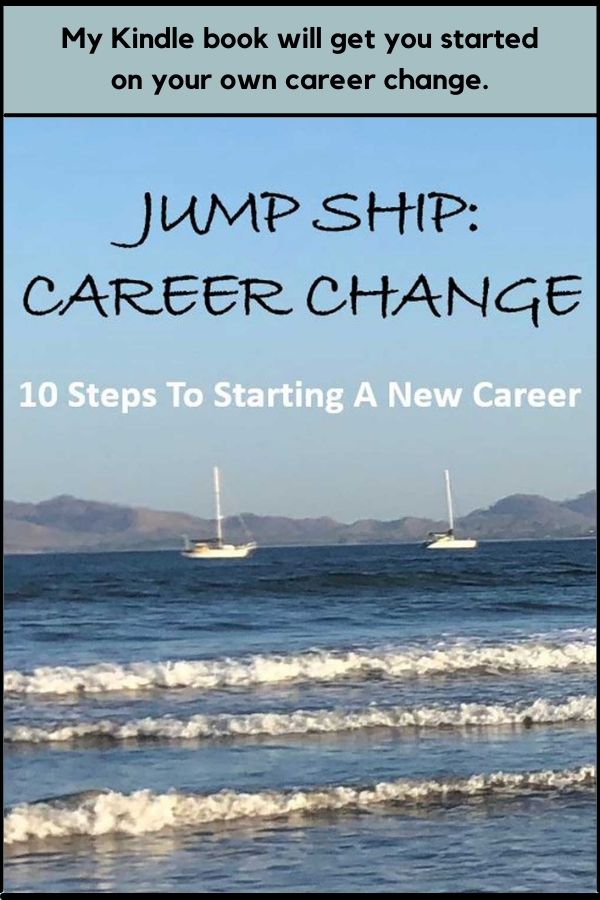Looking to improve your LinkedIn presence? Check out my guide to optimizing your LinkedIn profile for your dream career.
Recruiters use LinkedIn to hire people. I recently filled a six-figure job where the candidate (who beat out multiple referrals) was someone I originally sourced on LinkedIn.
If you are actively looking, you certainly want to be accessible to employers with open jobs. If you are gainfully employed but still want to hear about unexpected opportunities (like this newly hired VP), then recruiters need to be able to find you (of course, you need to know what to say when a recruiter unexpectedly calls). Active or passive, you want your profile to accurately reflect your value, so you get considered for opportunities at the right level, compensation and scope of responsibility.
How do you ensure that your profile shows up when recruiters search for candidates? How do you present your information so it captures your experience, expertise and special skills? How do you stay top of mind over time? Here are ten ways to ensure your LinkedIn profile accurately reflects your value:
Select your Picture to encourage rapport
You might not like the fact that having a picture in your profile makes it 14 times more likely that a reader will click on your profile, but that was a statistic shared with me at a LinkedIn invite-only meeting for career experts, and I believe it based on what I’ve seen in the market. A picture makes the profile warmer (less likely that it’s a bot!). From a practical standpoint, for people who just met you or may not remember you, your picture helps job their memory – a recent networking connection may not remember your face instead of your name. Select a picture to play up this warmth and familiarity factor – smiling, relaxed, professional-looking but not overly stiff.
Include keywords your dream employer will search for
I discovered this VP candidate my client ultimately hired by searching for the action words, skills and titles that describe what someone in her type of role should have on a resume. For a direct response marketing person, this means buzzwords in the direct response space (e.g., direct mail, email marketing, online, digital, optimization), as well as specific programs and skills (e.g., Marketo, Constant Contact, or other marketing software, SEO, SEM). When I need a specific level, I do look at profile titles, so make sure yours are clear (Director, VP) or explained (if you’re the Head of Hellos and that’s your company’s official title for Head of Marketing, put Head of Marketing somewhere in your description).
Include a descriptive Headline
I often get back dozens or hundreds of hits on any one search I try, so I skim the results which means I’m going by your Headline (the text just under your name) and just the briefest synopsis of your background. If your Headline is simply your level (e.g., VP, Director) then it doesn’t tell me what you do functionally. If your Headline is simply your company, even if it’s a brand name, then it doesn’t tell me if you have other industry expertise. If I don’t know the company, it doesn’t even give me your industry or any idea of the size of company experience you have. Put your functional and industry expertise as your Headline so you brand yourself, not your company, university, or generic title.
Include a comprehensive Summary
LinkedIn has great SEO and will often appear as the first result when you Google yourself on the Internet (if you haven’t searched for your name on the Internet, do that right away so you can see what others do!). Take advantage of this high ranking by including in your profile the different things you want recruiters, employers, potential clients, and others in the market to know about you. Since people skim quickly, make sure this information is right on top in your Summary. Include key companies and roles, select wins that have clear results, special skills and other keywords, and your industry and functional expertise. You can give a sense of your level by including the size of teams and budgets that you have managed.
Tell a story with your Summary
The Summary shouldn’t only be a laundry list of facts, especially if you are a career changer so the bulk of your background doesn’t represent what you want to do going forward. Use your Summary to tell a story that highlights your expertise in the area you want to work in and showcases you as the obvious choice for an employer looking for someone in that area. Recruiters will default to seeing you as your most recent industry and role, so use your Summary to counter that if what you’re doing currently is not exactly what you want to do in the future.
Looking to improve your LinkedIn presence? Check out my guide to optimizing your LinkedIn profile for your dream career.
Don’t assume your current title and company is enough information
Too many professionals leave their Experience descriptions blank. Titles leave too much to the imagination so they don’t accurately describe all that you do. Companies brand themselves to appeal to their customers, not to your dream employers. Leaving out a description cedes the interpretation of what you do to the reader. Tell the reader what you want them to know about what you accomplished and what your day-to-day looks like. Don’t assume everyone has the same idea what a Director of Marketing or [insert your title here] does.
Take advantage of links, attachments and video
You can put links in your Summary, Contact Info and Experience descriptions, directing your reader to additional information, like articles you wrote showing your expertise or samples of past work. You can put your full resume as an attachment in your Summary. I have a video of my media clips in my Summary. Unlike a static resume, an online profile can take the reader deeper, so take advantage of the extra capabilities.
Curate your expertise
In addition to sharing your professional background, LinkedIn makes it easy to share your expertise through posts you write or share. When I look at a profile, I can see your Activity and whether you posted a piece on an innovation in your area (you know your stuff!) or shared a link to breaking news in your market (you stay up to date!). If you’re a career changer, sharing your new expertise online can be the most public way to demonstrate what you can do (and help stave off impostor syndrome), since you’re not yet working in your new area.
Stay active with status updates and comments
When I look at your Activity, I can also see how recent it is. If the Activity isn’t recent, it could simply mean that you’re not active on the LinkedIn platform, but will I find you elsewhere? As I mentioned, LinkedIn has strong SEO, and recruiters often look there as a primary, and many times the primary, source of information. Furthermore, the more active you remain, the more likely you show up on other people’s feeds, thus maintaining your broader network of connections, not just with recruiters.
Keep your information current
All of your refinement will be for naught if you don’t keep the information current. Employers weigh the most recent experience and results most heavily. If your latest info is years old, even if your Activity shows some current insights, recruiters won’t know what you can do on the job and will be less likely to reach out or will reach out about a job that might be several years too junior.






